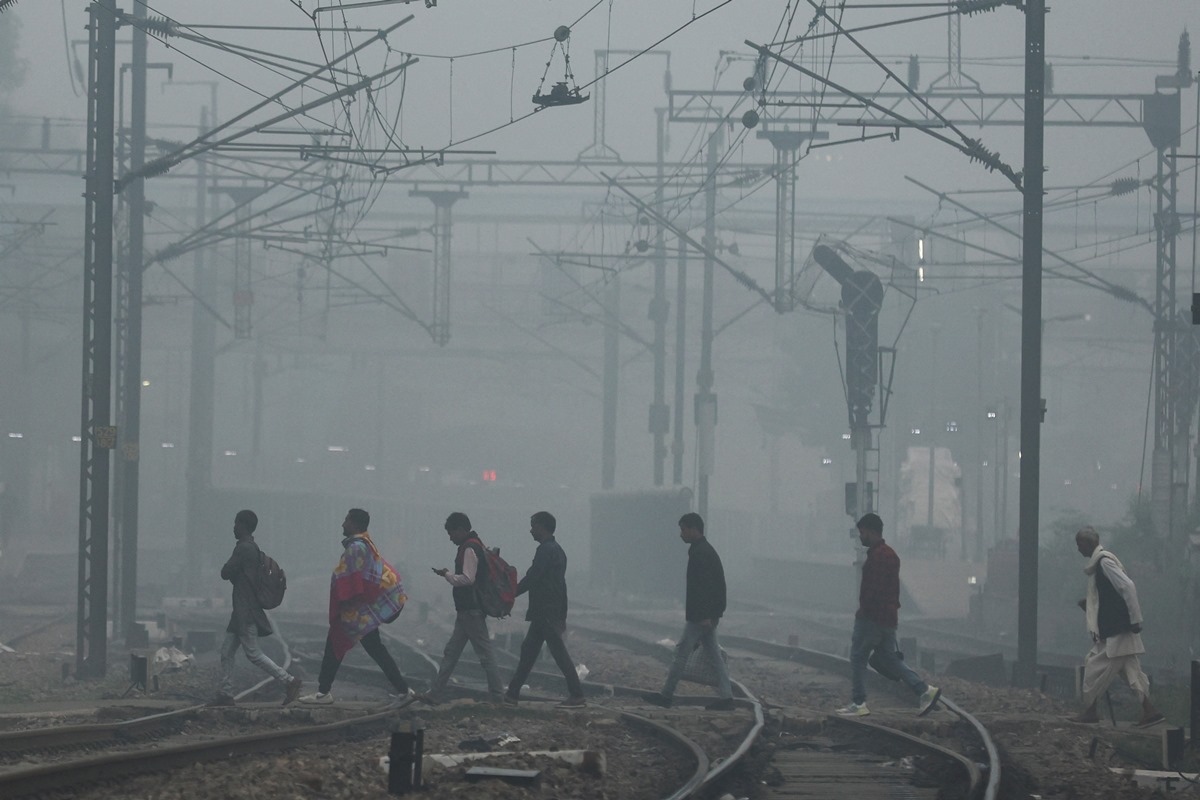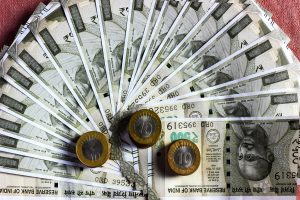As the vibrant celebrations of Diwali unfolded across the country, a thick veil of smoke descended in its aftermath, revealing a disconcerting reality – the air quality in major cities reached hazardous levels. Among the top 10 most polluted cities globally, New Delhi, Mumbai, and Kolkata claimed their spots, serving as an urgent reminder of the persistent battle against air pollution in the country. Year after year, post-Diwali pollution casts a shadow over the festival. The spectacle of firecrackers, while a cherished tradition, adds a detrimental layer to the air we breathe.
New Delhi, with its air quality index soaring to 407, found itself in the hazardous category, a stark indication of the immediate health risks posed to its residents. Mumbai and Kolkata also grappled with concerning air quality figures, landing them among the global top 10. The aftermath prompts reflection on the efficacy of firecracker bans, a measure routinely announced but seemingly impossible to enforce. Despite efforts to curb their use, the tradition of lighting firecrackers persists, contributing significantly to the spike in air pollution during the festive season.
Advertisement
The disconnect between legislation and enforcement highlights the need for a comprehensive strategy, involving not only legal measures but also public awareness and engagement. Inquiries into the number of firecrackerrelated cases and the action taken by authorities shed light on the accountability aspect. The struggle to obtain responses from the Delhi Police underscores the challenges in implementing and monitoring regulations effectively. Addressing this issue requires a collaborative effort involving the government, law enforcement, and the community to ensure adherence to bans and regulations. It is noteworthy that the air quality crisis extends beyond Diwali festivities. Northern India experiences a seasonal deterioration in air quality as winter approaches, exacerbating the impact of vehicular emissions, industrial activities, construction dust, and agricultural waste burning. The postponement of vehicle restrictions in New Delhi due to a brief respite raises questions about the adaptability of measures in response to dynamic environmental conditions. The decision to ban construction activities and close schools demonstrates a commitment to safeguarding public health, but it also highlights the severity of the situation.
These temporary measures underscore the need for more sustainable, long-term solutions. Initiatives promoting cleaner technologies, increased green spaces, and a shift towards renewable energy sources can contribute to mitigating the root causes of air pollution. The post-Diwali air pollution crisis in Indian cities demands a multifaceted approach. Beyond immediate measures to address the aftermath of festivities, there is a pressing need for sustained efforts in enforcing bans, raising public awareness, and implementing long-term solutions. The battle against air pollution is not a fleeting one. It requires a collective commitment to securing a healthier and cleaner future for all.











